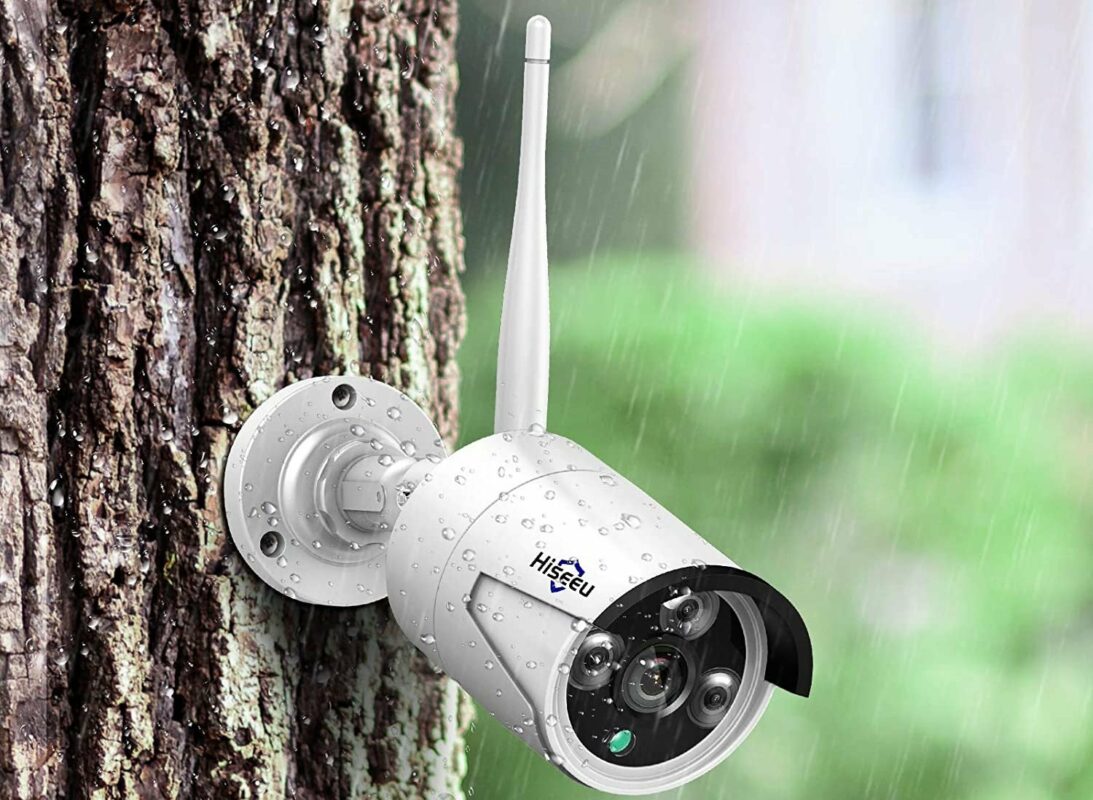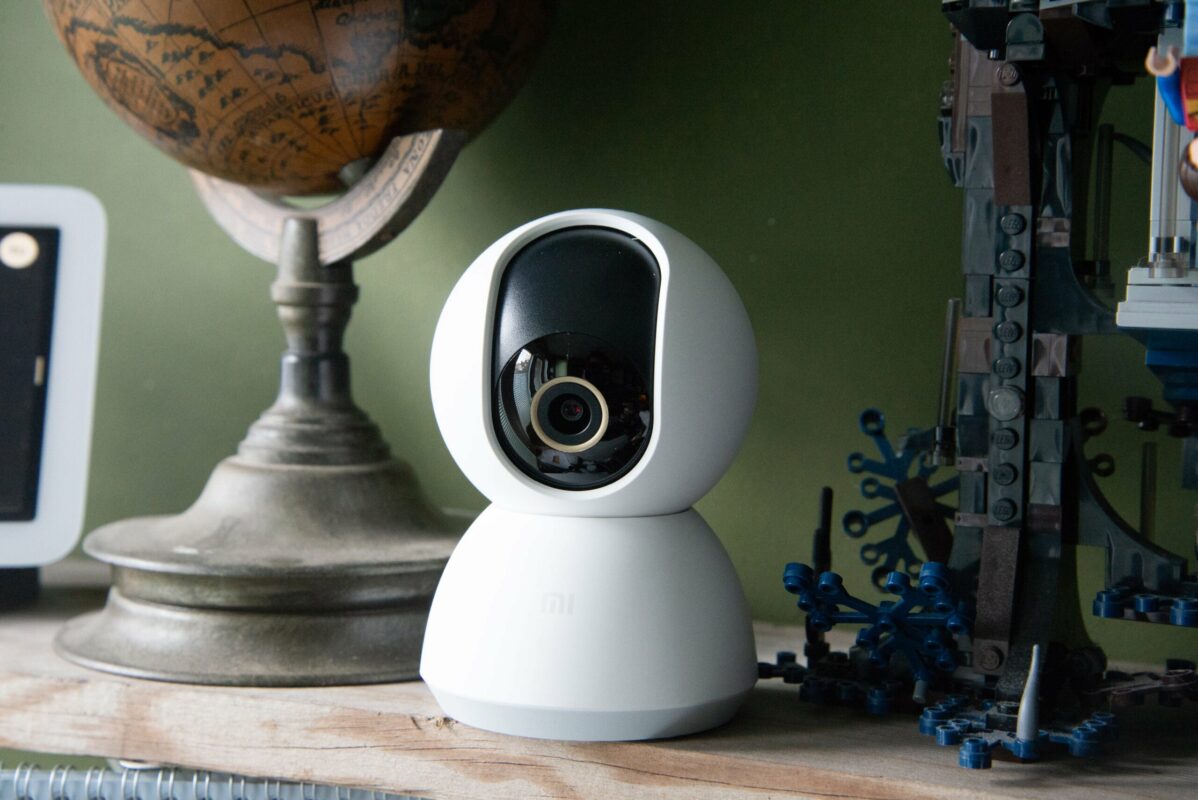Surveillance camera: the solution to secure your home
Surveillance cameras are now part of our daily lives. After having established themselves on industrial sites, on public roads and in professional premises, they are now being used in private homes to secure homes.
In just a few years, the video surveillance offer has expanded considerably and manufacturers have developed protection systems with multiple functions, with prices now accessible to the general public.
To be used independently or in addition to a home alarm, security cameras are compact and efficient equipment offering multiple advantages:
Benefits of CCTV
Advanced features
A surveillance camera allows you to monitor a house or commercial premises 24 hours a day, 7 days a week. Active continuously, it restores the images in real time or delayed. It offers the possibility of providing permanent video surveillance or of carrying out occasional verifications.
The videos can be viewed in situ or remotely via a dedicated interface. They can be consulted live and/or later when they are recorded on a storage medium. Depending on the model, the images will be saved on an SD card, on a recorder or directly on the brand’s cloud (as Foscam offers for example).
Some surveillance cameras can also transmit push alerts or even push videos. In the event of motion detection, malfunction or video loss, the system immediately sends a notification to the smartphone.
Constantly evolving technology
Video surveillance equipment most often has integrated high-tech functions. Among the most notable: the color images that are rendered in high definition or the infrared night vision that covers long distances. Also noteworthy are the powerful digital or optical zooms that allow access to distant details or even intelligent functions such as motion detection.
Wireless IP cameras, connected to the network, are fully controllable and viewable remotely from your smartphone, PC or tablet via their own applications. They can be combined with home automation equipment and can therefore be integrated into your connected home. With some manufacturers, a single application can control the heating, shutters and openings, lighting, alarm and video surveillance.
Format, installation, price: the new advantages of video surveillance
Both cameras and video recorders now benefit from very compact and discreet formats. The lightness of these devices facilitates their integration into a home or professional premises.
In addition, their installation is most often simplified for the user. Many cameras are Plug and Play, that is to say that once connected they are recognized by the operating system and do not require the installation of software or tedious settings.
Finally, surveillance cameras are now offered at attractive and competitive prices by manufacturers. In a few years, equipment that was displayed in thousands of euros has become available for a few tens or hundreds of euros.
To choose the best from the models and the different brands available on the market, it is therefore necessary to define your needs upstream and determine the features that will be most useful to you.
Choose your surveillance camera
There are many models, as evidenced by the CFP Sécurité video surveillance camera offer , a specialized site and leader in home security. They differ in their use, their technology, their performance or even their appearance. Here are some tips to guide you in your choice:
Indoor camera and outdoor camera
Indoor cameras are discreet, compact and lightweight models that you will use, for example, to monitor a child’s room or a garage. Quick and easy to install, they can simply be placed in the room, plugged in and used immediately.
Outdoor cameras need to be fixed to monitor a driveway or garden. They are designed to be robust, weatherproof and resistant to vandalism. They often meet the IP66 protection index which guarantees that they are perfectly waterproof and dustproof. .
Analog camera or IP camera
Analog cameras transmit the video signal through a coaxial cable. They are connected to a DVR recorder that can digitize images, store videos, transmit alerts and access the device remotely. They are particularly suitable for video surveillance systems requiring the installation of many cameras.
IP cameras use the internet protocol and are therefore connected to a network allowing images to be viewed from any PC or smartphone. They can be attached to an NVR recorder or operate independently through their web interface. They generally have a higher image resolution than analog cameras.
Motorized or fixed camera:
Fixed surveillance cameras are not adjustable from a distance, their field of vision depends on their initial position. Motorized cameras, on the other hand, make it possible to adjust the monitored area in real time by adjusting the tilt or rotation.
Dome camera or bullet camera
These two types of camera differ in their appearance and their method of attachment: the first attaches to the ceiling, the other to the wall. If now their performances are similar, the greater flexibility of positioning of the tube camera can be an advantage, while the dome camera will be appreciated for its discretion and better resistance to vandalism.
There are also PTZ (Pan, Tilt, Zoom) dome cameras whose specificity is to be adjustable in terms of tilt, pan and zoom. They are fixed on a wall bracket which allows them to perform a complete rotation.
Image definition
The cameras also vary by the quality of their image definition expressed in megapixels. Today, so-called HD cameras have a definition of at least 2Mp allowing the reproduction of high quality images on different types of screen.
Infrared distance
Depending on the number and power of its LEDs, the camera has more or less high quality night vision and covers a more or less long area. Some models feature 30m infrared while others offer night visibility up to 200m.












